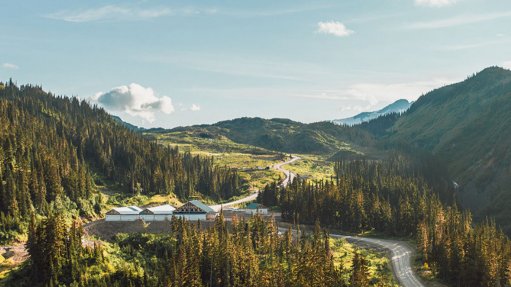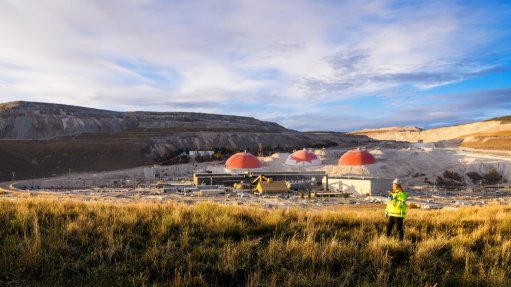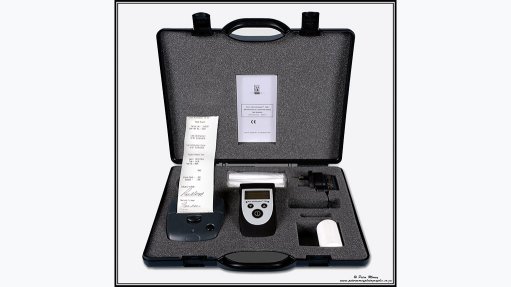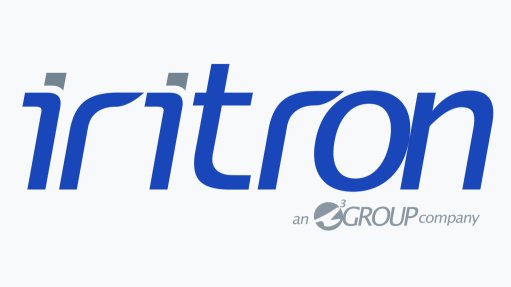Deeper water engagement can help reset mining ESG course: Garrick Field
This article has been supplied.
By: Richard Roberts - Editorial Director, Beacon Events
‘It’s the voices of stakeholders that are actually informing a lot of the decision making around the outcomes of water management at the moment’
Miners have the tools and seemingly now also the will to be better stewards of crucial water resources, according to an experienced specialist in the area, Garrick Field. But he believes stronger engagement with local communities, including traditional landowners, can be the real driver of a new water stewardship course.
Speaking with Mining Beacon after the launch of Black & Veatch’s latest ‘Water for Mining in Australia’ survey and report, the company’s industrial water and mining solutions director says high-profile tailings dam and cultural heritage failures have move the industry into an era of accountability, transparency and corporate commitments to environmental and social governance (ESG).
It’s what is happening on the ground, though, that is really demonstrating a shift in management and operational practices which can reset the tone of multi-stakeholder engagement and the industry’s potential to achieve improved environmental and economic outcomes.
“It’s the voices of stakeholders that are actually informing a lot of the solutions and decision making around the outcomes of water management in the mining industry at the moment,” says Field, who worked extensively across Australia, Peru and Argentina on large mining projects before working with Rio Tinto on a range of strategic water management challenges in Australia, North America and Eastern Europe over 15 years.
He joined Black & Veatch to help grow its mining services offering and exposure alongside a significant industrial and municipal engineering and consulting market presence in Australia and the Asia Pacific region.
“As an example, if you look at the Pilbara region of Western Australia, the shift to mining below the water table means that significant volumes of water need to be removed to enable access to the ore.
“There is a growing awareness amongst mining companies about the need to engage meaningfully with First Nations and Traditional Owner groups on what happens to that water.
“Historically the water has been seen as a waste product to be removed from the mining process. But more and more of that water is being valued as a resource that needs to be stewarded and not discharged, or even transported elsewhere to be put to another use, but rather reserved in catchment so that it stays in the landscape.
“It’s very important that the source and location of that water is considered appropriately.
“We’re seeing that as a different driver for the management of that resource that requires a different set of solutions.”
More broadly Field says deeper local engagement, undertaken earlier in project lifecycles, is opening up avenues to better long-term water resource management solutions.
“That meaningful engagement with local stakeholders on the values of the water, what happens to it and how it’s managed, can extend through project development, into operations, and beyond closure,” he says.
“What would add value to a co-management type of solution, for example.
“If you define and design for stewardship together with local stakeholders at the start of the project it’s a very different experience to managing it together after the impacts of a negative event, when you have to fix things up.
“We’re seeing some developers that are taking a different approach to managing water – building infrastructure, developing water supply solutions – and seeking to engage with equity with local Traditional Owners as well, to bring shared environmental and economic benefit from the project for current and future generations.
Field is leading a high-level discussion at the upcoming IMARC 2024 conference in Sydney on sustainable water management in mining in Australia. Fellow panellists include BHP water management and mine closure global practice lead, Blair Douglas, Legacie managing director Daniel Lambert, ICMM director of environment, Emma Gagen, and Travis Inman, executive director at the WA Government’s Department of Water and Environmental Regulation.
“Translating sustainable water management ambitions into on-the-ground solutions starts with a collaborative catchment-based approach – the holistic assessment of all the water users in a catchment – including social, environmental and other economic values,” Field says.
“And then margin needs to be planned and scoped such that the water needs of the mining project do not encroach on the other users and values in the catchment.
“This can be achieved by assessing the opportunities for optimised mine-planning and progressive rehabilitation for footprint reduction, water efficiency, recycling, treatment and development of alternative water supply sources.
“It is even better if these solutions can sustain and reinforce the health of the other values in the catchment.
“The contrast to this is that the project may seek approval for the water take without a real understanding of the catchment dynamics, which we have seen lead to a host of unintended consequences and impacts that need to be managed over the life of the mine and create a liability that requires significant investment to repair at closure.”
Article Enquiry
Email Article
Save Article
Feedback
To advertise email advertising@creamermedia.co.za or click here
Press Office
Announcements
What's On
Subscribe to improve your user experience...
Option 1 (equivalent of R125 a month):
Receive a weekly copy of Creamer Media's Engineering News & Mining Weekly magazine
(print copy for those in South Africa and e-magazine for those outside of South Africa)
Receive daily email newsletters
Access to full search results
Access archive of magazine back copies
Access to Projects in Progress
Access to ONE Research Report of your choice in PDF format
Option 2 (equivalent of R375 a month):
All benefits from Option 1
PLUS
Access to Creamer Media's Research Channel Africa for ALL Research Reports, in PDF format, on various industrial and mining sectors
including Electricity; Water; Energy Transition; Hydrogen; Roads, Rail and Ports; Coal; Gold; Platinum; Battery Metals; etc.
Already a subscriber?
Forgotten your password?
Receive weekly copy of Creamer Media's Engineering News & Mining Weekly magazine (print copy for those in South Africa and e-magazine for those outside of South Africa)
➕
Recieve daily email newsletters
➕
Access to full search results
➕
Access archive of magazine back copies
➕
Access to Projects in Progress
➕
Access to ONE Research Report of your choice in PDF format
RESEARCH CHANNEL AFRICA
R4500 (equivalent of R375 a month)
SUBSCRIBEAll benefits from Option 1
➕
Access to Creamer Media's Research Channel Africa for ALL Research Reports on various industrial and mining sectors, in PDF format, including on:
Electricity
➕
Water
➕
Energy Transition
➕
Hydrogen
➕
Roads, Rail and Ports
➕
Coal
➕
Gold
➕
Platinum
➕
Battery Metals
➕
etc.
Receive all benefits from Option 1 or Option 2 delivered to numerous people at your company
➕
Multiple User names and Passwords for simultaneous log-ins
➕
Intranet integration access to all in your organisation


















